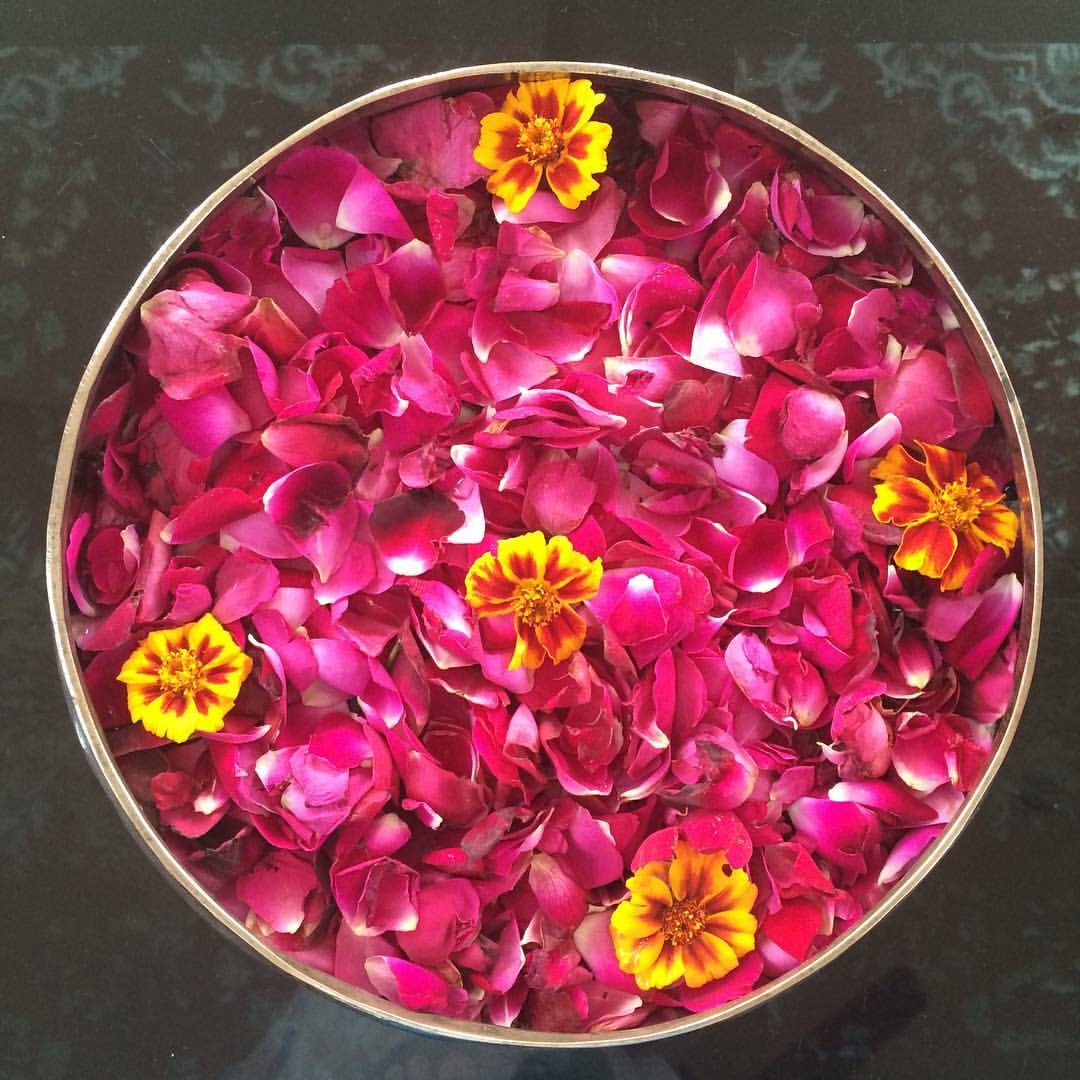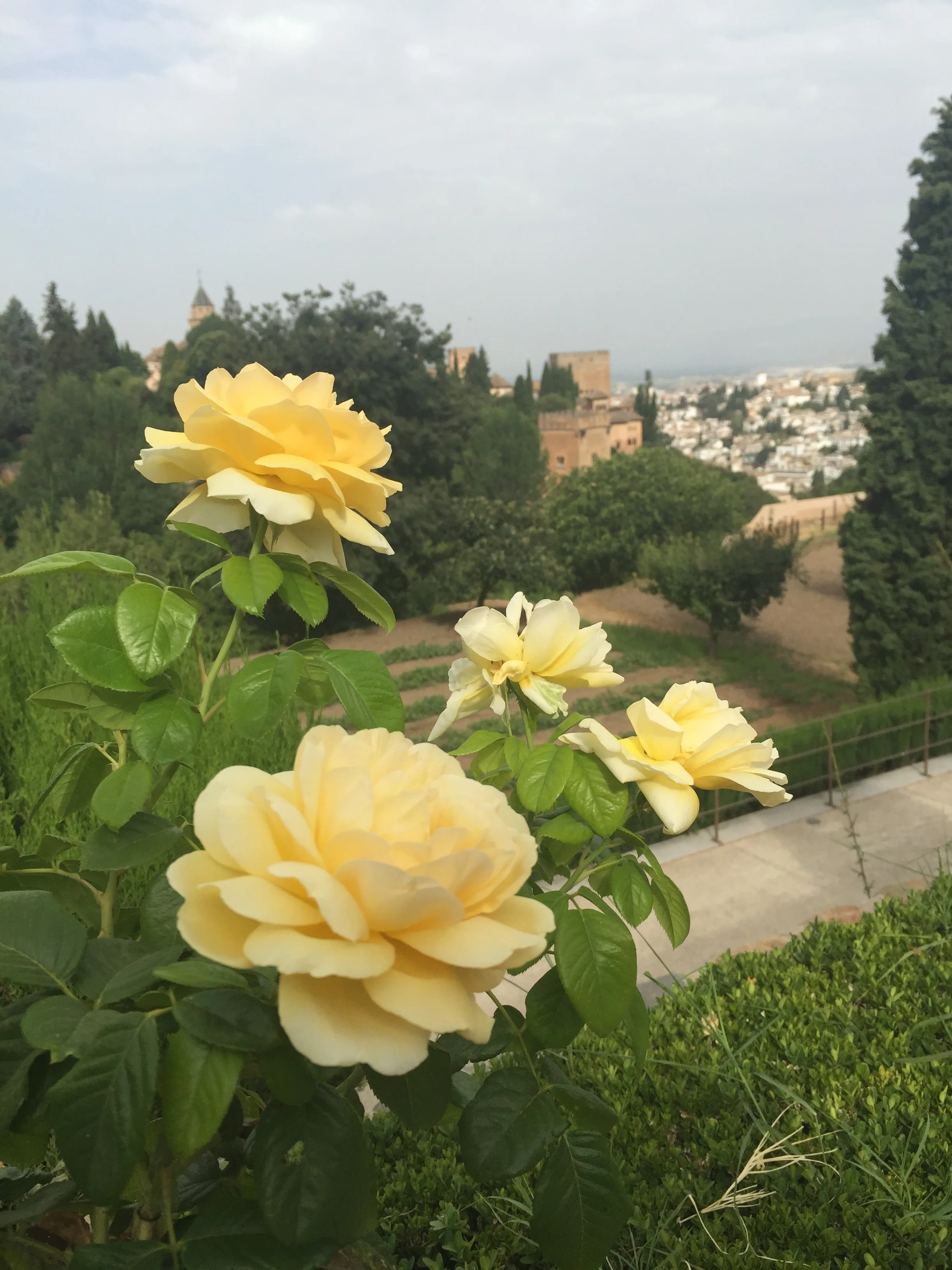Springtime is emerging with color and smells, warming sunshine and nurturing rains,…along with the transitions that challenge our seasonal adjustments. Time change and alternating hot/cold days, pollen and mold, all present need for constant adjustment that do affect us, physically, emotionally and spiritually. Ayurveda and yoga offer us an arsenal of both proactive and defensive practices to ensure that we enjoy the renewal opportunities of Springtime, unhindered by the lurking hurdles.
Yoga teaches us to reflect inward and tune into our body’s messages while the ancient wisdom of Ayurveda leads us to adjust and establish balance for all doshas using the many gifts of the earth, especially the plant life, to include herbs and essential oils. As all beings are one with nature, we all have a little of each dosha/constitution in our makeup, to include all five elements: Earth, Water, Fire, Air and Ether. The balanced amount of each type: Vata, Pitta and Kapha are unique to each person and are determined at the time of conception. Whenever there is a shift or transition in our life, there is a challenge to our balanced constitution, and this includes seasonal transitions. Furthermore, each season is associated with a different dosha, which means that the conditions of that season can lend themselves to both advantages and equally pose challenges.
Springtime is Kapha season! Kapha dosha is made up of earth and water elements, and spring is governed by kapha dosha whose qualities are: heavy, dense, wet and cool. This is because these qualities are increasing this time of the year, as the wind transitions the season, the snows melt, the rain comes... and this poses a potential imbalance for Kapha dosha for all of us.
When in balance, Kapha dosha builds strength, immunity, protection, provides lubrication (of joints) and provides sufficient mucous to protect membranes. When out of balance, excess Kapha dosha causes fluid retention, excess mucous buildup (think colds, allergies and asthma) watery eyes, sneezing, and the decreased energy of the body leaves one feeling dull, sluggish, depressed and lethargic. When any imbalances are unchecked, there is a buildup of ama or toxicity and this is both physical and emotional. Therefore Springtime is the ideal time for a detox, for all of us!
There are many “cleanses” out there to detoxify the gut and one has to be proactive in deciding the depth and length of the cleanse, and this varies with the amount of time necessary vs the time available to each of us and ourunique needs. If you have opportunity, seek out the help of an Ayurvedic practicioner, a nutritionist, or your doctor.
Here are some suggestions from Ayurvedic practice that are useful for all:
1. Incorporate more warming spices to your diet: Black Pepper, Cayenne,Cinnamon, Ginger, Mustard seed, and Turmeric
2. Use warming aromatherapy: Black Pepper and Wild Orange combination,Cinnamon and Cardamom combination, Ginger, Lemon and White Fir
3. Drink plenty of water – consider setting aside a month to incorporate a very gentle cleanse of one drop of lemon or any citrus oil in your day, as this is a very gentle cleanse for the digestive system.
4. Move your body – Kapha types need more stimulation, especially this time of year! In your yoga practice, add more sun salutations, add a little flow to standing poses, incorporate deep twisting to flush out the organs and breathe deeply. Increasing circulation will remove toxins.
5. Enjoy daily massage, starting with dry-brushing (toward the heart) before showering and then use sesame or coconut oil blended with eucalyptus, white fir or rosemary to nurture the skin, boost circulation and add a little aromatherapy too! Message us for more information about essential oils.
6. Minimize the following foods: Dairy, fried foods, refined sugars, processed foods, salty foods.
7. Use Pranayama to fortify the respiratory system: Breath of Fire will strengthen the cardio-respiratory system and stoke the digestive fire, agni while Alternate Nostril breathing brings balance to the right and left sides of the brain. Less stress on the nervous system translates to less stress on the body.
8. Use a Neti Pot – this is a great tool for flushing the sinuses and boosting immunity.
9. Cultivate a meditation practice – there are so many styles of meditation and early morning is an ideal time to incorporate this opportunity to quiet the mind and help with emotional wellbeing. Whether you use mantra, breath or guided meditation, experiment and enjoy building this part of your daily practices, your dinacharya.
10. Use all your senses to take in the beauty of the season. Nature teaches us so many lessons to include that everything takes time, and the benefits of consistency is the fruit of the labor! For more, get your copy of Essential Yoga Practice: Your Guide to the New Yoga Experience with Essential Oils.
Here is another link to check out for some additional information.





